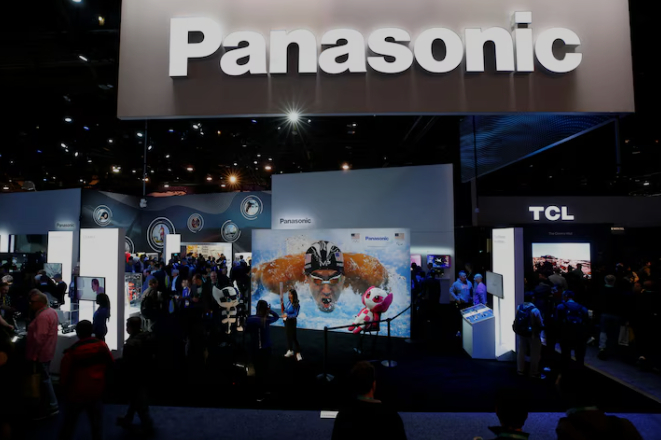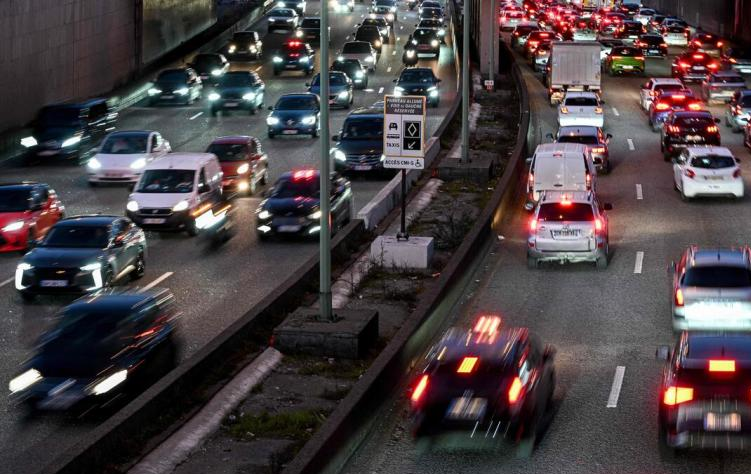
Recently, Panasonic Holdings, a world-renowned electronics manufacturer, announced the postponement of its plan to build a third electric vehicle battery plant in the United States. This decision not only reflects the phased adjustment of the global electric vehicle market, but also highlights the profound changes in the battery industry chain under the balance of supply and demand, cost pressure and changes in market expectations.
According to reports from Reuters, Bloomberg and other media, Panasonic Holdings CEO Yuki Kusami and Yuki Kusumi have publicly stated that due to factors such as the slowdown in global electric vehicle demand and sluggish sales of core customer Tesla, the company will suspend the construction plan of the third battery plant and focus on the commissioning of the second plant in Kansas. The plant was originally scheduled to achieve full production in 2027, but is now facing a delay due to changes in the market environment. At the same time, Panasonic plans to anchor its capacity increase target in 2031, and double its capacity from 50GWh to 200GWh through technology upgrades and efficiency optimization.
Behind Panasonic's adjustment is the superposition of multiple structural challenges. First, as its core customer, Tesla's delivery data in the first half of 2024 was lower than expected, and the slowdown in orders in the European and American markets directly led to a downward adjustment in battery demand expectations. Secondly, the growth rate of the global electric vehicle market has shifted from "explosive growth" to "rational adjustment", and factors such as lagging charging infrastructure construction and fluctuations in consumer purchasing willingness have constrained short-term demand. In addition, the cost of battery production continues to rise - raw material price fluctuations, technology iteration costs, and supply chain pressures brought about by energy transformation have forced companies to re-evaluate the pace of capacity expansion. Cases such as Nissan's cancellation of its new plant plan in Japan and Honda's postponement of investment in Canada also confirm the industry's cautious revision of market expectations.
Faced with industrial adjustments, Panasonic did not stop at "contraction", but launched a deeper strategic transformation. On the one hand, the company emphasizes "improving production efficiency" as its core goal, and taps potential on the basis of existing production capacity through technological innovation and manufacturing process optimization. For example, the Kansas plant will focus on expanding the capacity of 2170 and 4680 batteries. As Tesla's next-generation battery technology, the latter is expected to reduce vehicle costs by increasing energy density. On the other hand, Panasonic is accelerating its diversified layout of "de-automobilization" and investing resources in non-automotive fields such as energy storage systems and data center power supplies. The recently announced plan to lay off 10,000 people is also aimed at streamlining the structure and releasing resources to support the growth of new businesses, with the goal of increasing profits by $1 billion by 2027.
Panasonic's decision has a chain effect on Tesla and the entire electric vehicle ecosystem. As a long-term battery supplier for Tesla, Panasonic's capacity adjustment may put the stability of the latter's supply chain to the test, especially in the mass production ramp-up phase of 4680 batteries. However, Tesla's recent stock price rebound (such as a 4.73% increase on July 10, 2024) may suggest that the market still has confidence in its long-term technology route. On a deeper level, Panasonic's postponement of factory construction marks the battery industry's shift from "scale competition" to "quality competition." Against the backdrop of the prominent risk of overcapacity, companies must balance the speed of expansion and technological iteration to avoid repeating the "overcapacity-price reduction-loss" cycle of photovoltaics and lithium batteries in the early days.
The current adjustment is essentially an inevitable stage in the new energy industry cycle. Short-term demand fluctuations, policy changes and cost pressures are pushing battery manufacturers back to a rational growth track. For Panasonic, slowing down the expansion is not a strategic retreat, but a response to long-term competition with technology reserves and efficiency revolution. Its diversified layout also provides inspiration for the industry: under the deterministic trend of continued increase in the penetration rate of electric vehicles, emerging scenarios such as energy storage and smart grids will become the second growth curve of battery companies.
The industrial adjustment in 2025 is the prelude to the second half of the new energy revolution. The decision of Panasonic Holdings is not only a timely response to market changes, but also an important footnote for the high-quality development of the industry. Laying a solid foundation in the midst of fluctuations and anchoring the future with innovation - this may be the key path for battery manufacturers to cross the cycle and move towards sustainable growth.

The European Commission released a package of measures for the automotive industry on Tuesday (December 16th), proposing to relax the requirements related to the "ban on the sale of fuel vehicles" by 2035.
The European Commission released a package of measures for …
Venezuela's Vice President and Oil Minister Rodriguez said …
On December 16 local time, the Ministry of Space Science Ex…
Recently, a highly anticipated phone call between the defen…
Right now, the world's major central banks are standing at …
Recently, according to Xinhua News Agency, the news of a tr…